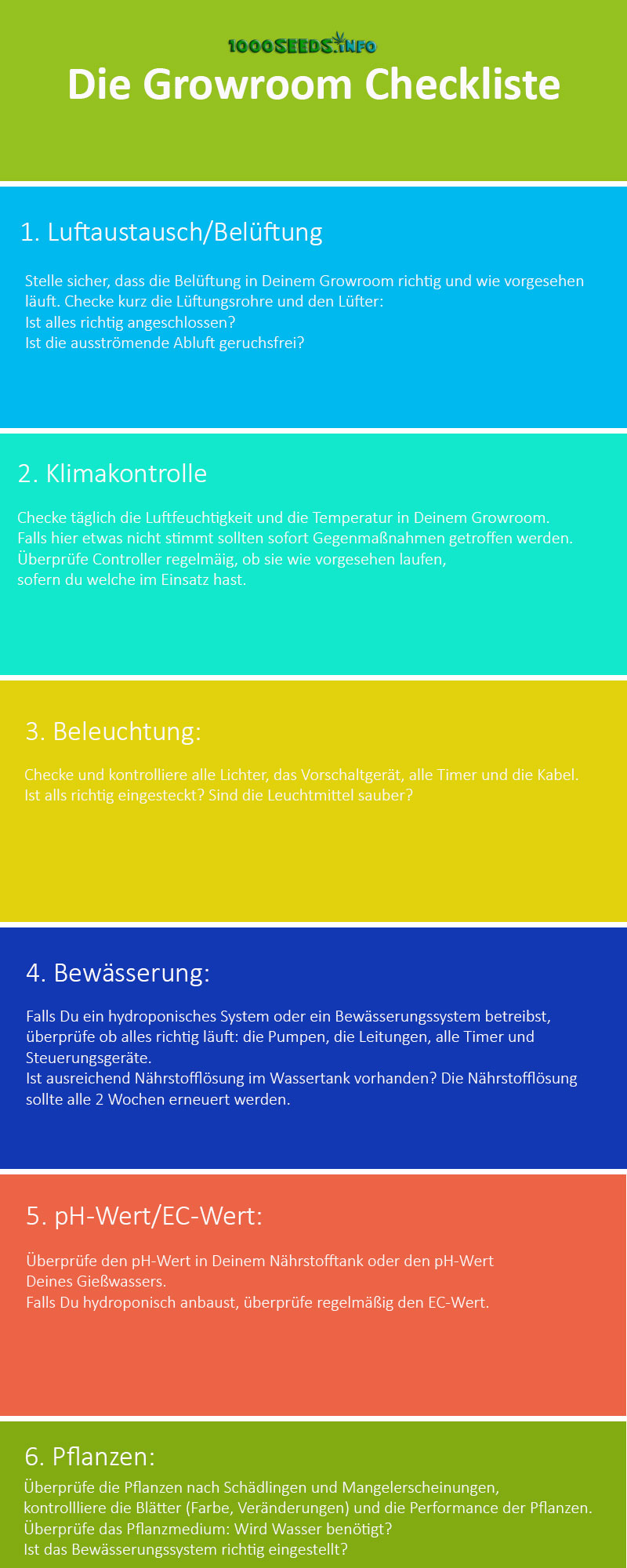Regular indoor growing tasks
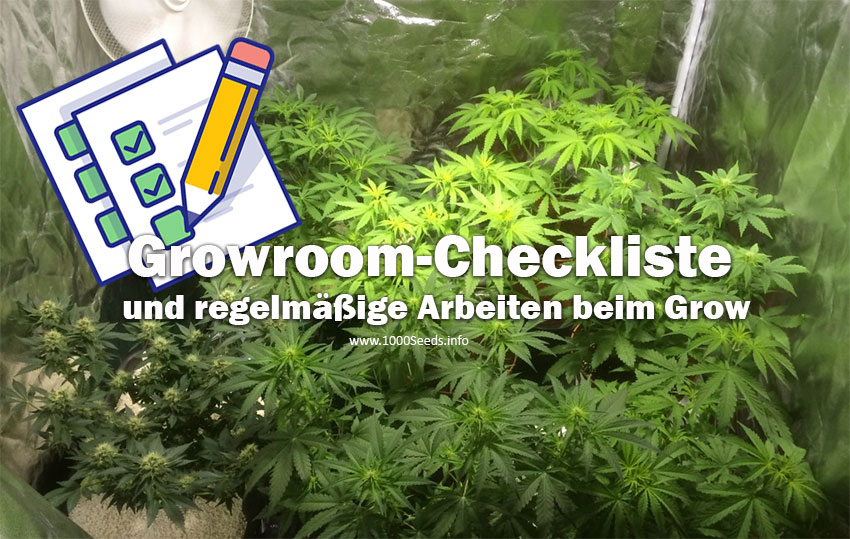
With indoor growing, there are some recurring tasks that should be done daily, weekly or monthly so that everything runs perfectly and smoothly.First, here comes the indoor grow room checklist with all the important tasks at a glance:
Tasks in the growth phase
Depending on the growth stages of the plants, the tasks you need to pay attention to in an indoor grow also change. Therefore, this article is divided from germination to flowering. Some regular tasks, such as watering, change only slightly, but others change completely in the flowering phase and especially towards harvest.
The germination
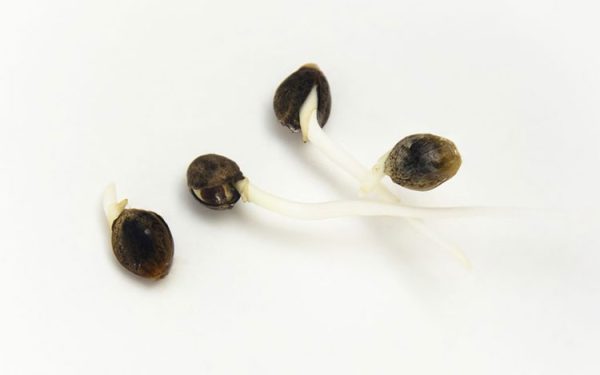
There are, as I am sure you know, many ways to get the seeds to germinate. Some allow the seeds to sprout in media specifically designed for this task. Peat balls or coco pellets would be a possibility. Other growers germinate them directly in the final pots to avoid the stress of repotting. Regardless of the method, you should always make sure that the seeds are nice and moist. They do not like standing water or dryness. So it's best to check several times a day that your favourites have a good moisture level.
Temperature is also important during germination. At best, you should also check this daily, because a constant temperature is important. Room temperature is sufficient for germination, but of course it should not be too cold.
If you germinate your seeds between wet cloths or something similar, you should also keep an eye on the germination. After that, they should be transferred to their new medium as soon as possible. It usually takes 24-48 hours before the first seeds start to burst and a small sprout becomes visible.
The growth phase
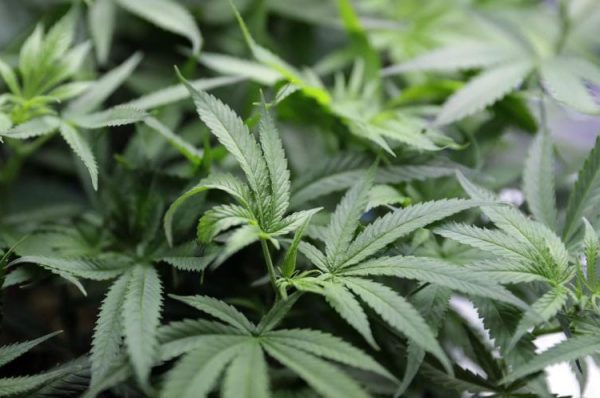
Now the real work begins, as soon as the first plants show their heads. Cannabis plants are very demanding and above all hungry, so there are a lot of tasks. However, with a regular work schedule it will be child's play for you to get a nice harvest. Over time, these regular tasks will become part of your routine with the plants and become ingrained.
Light cycle
In the growth phase, the plants get 18 hours of light and are allowed to sleep for 6 hours. If you think to yourself: "What should I check? I have a timer." Then you are on the verge of making a mistake that many growers, including myself, have made. Even a timer doesn't always run perfectly. If you are only in the grow room when the lights are on, you will only notice that the timer is no longer working when the plants react to it. I had it fail once during flowering, and I only noticed when the plants switched back to the growth phase. So just check every now and then if your lamps really go out.
Temperature
Again, it is important to check the temperature daily. 20 - 25° C is ideal during this time, as it reduces the risk of pest or mould infestation. It is also important not to hang the lamps too close to the plants. This is where the heat is intense in an indoor grow. This can burn the tips of the plants and cause them to dry out. Depending on how fast the plants grow, the distance between the lamps and the plants should be adjusted. You can also trim or tie down the plants to adjust their height. This makes the plants bushier and makes them grow wider.
Casting
Watering is probably the most regular task when growing. In the beginning, it is limited, 2 - 3 times a week is often enough. Later, it becomes a daily task, as cannabis plants need a lot of water and food. But don't rely on this information, your eye can always tell better if your protégés need water or still have enough.
Fertilising
With a nutrient-rich soil, your cannabis plants do not need fertiliser for the first 2 - 3 weeks. The roots first have to spread and use up the available nutrients. Depending on the fertiliser, the manufacturer will tell you how often you should fertilise. But here, too, your watchful eye is more in demand. Less fertiliser than specified by the manufacturer is often sensible and in any case not as harmful as over-fertilising. Make sure that the leaves of the cannabis plants have a healthy green colour.
Pest control and prevention
Pest control is one of the tasks you will always carry out, regardless of the growth phase of the plants. It is best to check your plants daily or several times a week for signs of pests. Even better, however, is a precautionary measure. These are also available in different variants, such as yellow sheets or neem oil. Yellow traps, i.e. sticky traps for insects, are very useful. This way you can immediately recognise when insects want to spread. Neem oil, cinnamon extract, on the other hand, can be sprayed on the plants or added to the water. This combats pests such as spider mites. The arch enemy of every indoor grower.
Spraying
Cannabis plants have the ability to absorb water and nutrients through their leaves. You can make use of this with a spray bottle. As mentioned above, for example with neem oil, but the plants can also absorb fertiliser in this way. It is important, however, that you never spray your plants while the lamps are still on or just before they come on and also not during the flowering period to avoid the formation of mould. The drops act like little magnifying glasses that can burn the leaves. The result is small burnt spots on the leaves. By spraying, you can also increase the humidity, which brings us to the next regular task.
Humidity
Just like the temperature, you should also check the humidity daily. With a hygrometer you always have both at a glance. In the growth phase, the ideal humidity is 40 - 60%. When spraying, however, the humidity increases only briefly. A humidifier can also be a good help in regulating the humidity.
pH and EC values
To prevent deficiency symptoms, it is advisable to regularly check the pH and EC values of the soil and the water. This way you can balance the value of the soil when watering. If the EC value is too high, the only solution is to rinse the soil with normal water to dissolve the salts in the soil.
The flowering phase
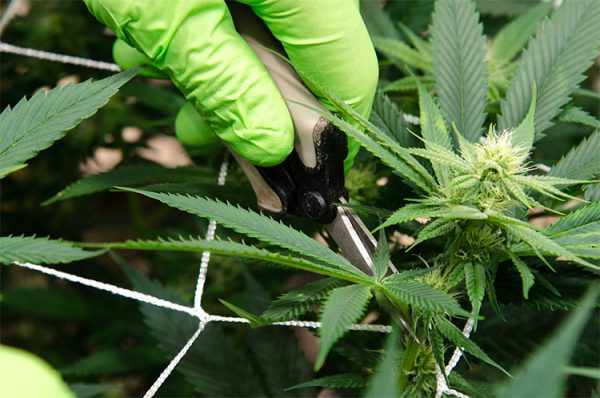
In the flowering phase, some habits change. However, most of the regular tasks remain.
Light cycle
As mentioned above, it is important to check the light cycle from time to time. Especially in the flowering phase, it is very bad for the plants if this changes. In my case, it was an absolute disaster for the plants, and the harvest afterwards was anything but satisfactory. In the flowering phase, the light should not be longer than 12 hours. So the day is simply divided into 50/50.
Temperature and humidity
With regard to the temperature, 20 - 25° C is still good, also to prevent mould. Mould likes it nice and warm. The humidity should be around 40%. Otherwise, nothing changes here. A daily look at the hydrometer should become a habit.
Casting
Nothing changes when it comes to watering, it still requires a watchful eye and is often a daily task.
Fertilising + pH and EC values
When fertilising, you must of course make sure to change the fertiliser. In the flowering phase, the plant needs different nutrients than in the growth phase. However, the routine remains the same. However, 2 - 3 weeks before the end of flowering you should stop fertilising and only water with water. This will flush out the fertiliser residues, which can otherwise lead to an unpleasant taste or headaches. During the flowering phase you should also keep checking the pH and EC values. This routine does not change either.
Check for mould
In addition to the pest check, there is now also looking out for mould. Mould is the mortal enemy of a cannabis plant, especially in an indoor grow. Within a very short time, mould can infest your entire plant. Once it is big enough, it will also spread its spores throughout the grow room. Ideally, you should check them daily for infestation. Insects that stick to the resin are also potential mould spots. If you discover one, remove it as well, as extensively and as quickly as possible.
If you are not using feminised seeds, checking for sex at the beginning of flowering is also important. Male plants should be removed before the pollen sacs have time to form and emerge.
Spraying
Spraying is almost completely unnecessary, at most you can still spray in the first few weeks, after that the risk of mould is too high. As soon as the first flowers appear, you should stop spraying them.
As you can see, there are a few things to keep in mind during an indoor grow. If you do these tasks regularly, they will quickly become routine. In the end, your favourites will thank you with a rich harvest. In addition, time spent in the grow room is always relaxing work, more like time out than work.
Other important regular tasks are:
- cleaning and disinfecting tools (scalpels, scissors, etc.) and equipment
- Clean the grow room once a week: Remove plant debris, fallen leaves, fallen soil, clean the floor.
- Regularly disinfect and clean nutrient tanks and hydroponic equipment.
Find more growing tips in our grow encyclopaedia






